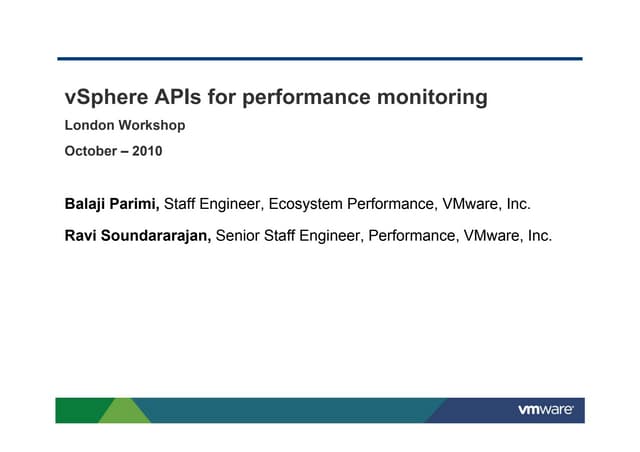

- #Vsphere api aliasmanager update#
- #Vsphere api aliasmanager full#
- #Vsphere api aliasmanager password#
This attribute was added in vSphere API 6.7.įull_name ( str or None) – Full name of the user.
#Vsphere api aliasmanager password#
Not required if superAdmin user changes the password of the other

Old_password ( str or None) – Old password of the user (required in case of the password change, This attribute was added in vSphere API 6.7. The arguments are used to initialize data attributes with the same The LocalAccounts.Config class defines the information required for theĪccount. class Config ( password=None, old_password=None, full_name=None, email=None, roles=None, enabled=None, password_expires=None, password_expires_at=None, inactive_after_password_expiration=None, days_after_password_expiration=None, min_days_between_password_change=None, max_days_between_password_change=None, warn_days_before_password_expiration=None ) ¶īases: .VapiStruct ParametersĬonfig ( .StubConfiguration) – Configuration to be used for creating the stub.

The LocalAccounts class provides methods to manage local user account. The parameter must be an identifier for the resource type:Ĭom._client.NotFound This method was added in vSphere API 6.7. The Health class provides methods to retrieve the appliance health The module is available starting in vSphereĦ.7. There is no immediate impact because of this change as the old REST APIs are still available and supported for at least 2 major vSphere releases.The _client module provides classes for managing We recommend reviewing your automation workflows and replacing old REST APIs with the new ones at your own pace. The new REST APIs have a simplified schema and improved presentation layer, which enhances the developer experience. GET /rest/vcenter/namespace-management/stats/time-series GET /api/vcenter/namespace-management/stats/time-series & clusters = obj-103 & clusters = obj-104 & pod_name = string & namespace = obj-103 & obj_type = CLUSTER With the new REST APIs, query parameters are simple non-hierarchical names and there is no need to provide indices for array parameters. With the new REST APIs, You now get a single error schema irrespective of the source of an error. In the past, it was difficult to handle the error response as the response schema would differ based on the source of the error. While consuming the REST APIs, you can potentially get errors either from the core infrastructure or from the API execution engine. Specifically, the extra "spec" object seen in many of the old REST APIs has been removed. The new REST APIs provide cleaner JSON request body syntax without unnecessary levels of indirection. ''.įor Example, below is the response received from a new REST API compared to the old one. The now deprecated versions had to return JSON object as per RFC7159 e.g. This is especially significant for resource creation APIs that now return string literal identifiers e.g. Responses from the new REST APIs benefit RFC 8259 and deliver only the semantically important JSON payload without the value wrapper that was needed in the older APIs. New REST APIs render maps as simple JSON objects. The new REST APIs improves the usability aspect of the REST APIs. You can toggle in between new and deprecated APIs labels to get the respective APIs information.Īlternately, visit to find the deprecated APIs and their replacement. You can go to the developer center and check out for deprecated labels against respective APIs.

#Vsphere api aliasmanager update#
Starting from vSphere 7.0 Update 2, You can get the list of deprecated APIs via vCenter UI. VSphere Automation SDKs and CLIs will not be impacted. No impact to vSphere Automation SDK and CLIs.We intend to remove it only after 2 major vSphere releases, also subject to customer feedback. We are not removing the old REST APIs or their support. There is no immediate impact out of this change as the old REST APIs will continue to work. The old REST APIs are still available along with the new REST APIs and will continue to work as expected. The new REST APIs are served under /api instead of /rest. We have revamped all the old REST APIs and replaced those with the new REST API. Below are some of the details which will help you understand the scope of this change. However, we encourage our customers and partners to replace old REST APIs with new REST APIs. These are now replaced with the new REST /api. With the release of vSphere 7 Update 2, VMware announces the deprecation of old REST APIs. Starting from vSphere 7, REST APIs are served under /api and referred to as new REST APIs. All REST APIs from 6.0 to 6.7 were served under /rest and referred to as old REST APIs. Since then, we have expanded the API coverage by introducing new REST APIs for vSphere. VMware introduced the REST APIs with the release of vSphere 6.0.


 0 kommentar(er)
0 kommentar(er)
